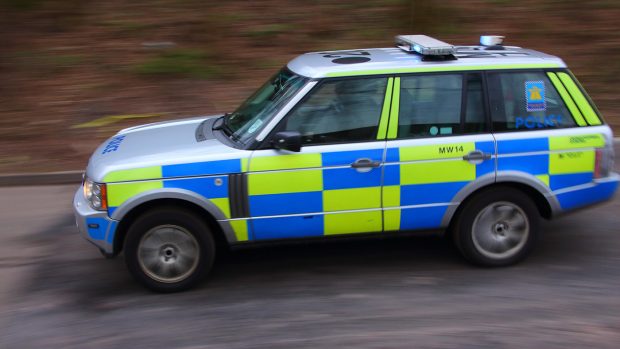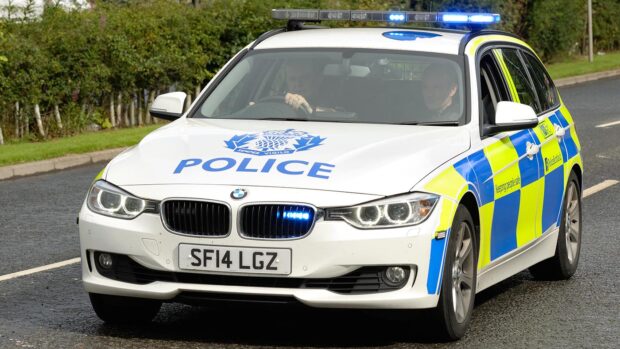Discrepancies between statistics released by the Department for Transport and information provided by the British Horse Society have caused alarm among riding and road safety lobbyists.
According to the DfT’s figures, no riders were killed in road accidents involving ridden horses during 2002. However, the BHS claims to have “hard evidence” that at least 11 riders were killed last year, and Sheila Hardy, BHS Head of Safety adds: “We have to bear in mind that our figures are voluntarily sent in, so there could well be many more”.
According to the DfT, the number of horse-related accidents has fallen to its lowest since 1999, when horse rider casualties were first separately identified in accident data. A total of 143 horse riders were injured on the roads in 2002, 23 of them seriously.
Accidents involving ridden horses dropped by just over one fifth between 1999 and 2002, with the most significant fall being in the number of accidents on A roads. Statistics also show that riders in the age group 16-19 were most at risk, while 15% of casualties were children.
The DfT admits that they have little reliable information on road use by horses, and consequently are unable to judge the relative risk horse riders face or how vulnerable they are compared with other road users.
The BHS has voiced concern about the DfT’s statistics, stressing that none of the figures were provided by the society. They also point out that the DfT’s data takes no account of horse deaths. According to the BHS at least 33 horses were killed or destroyed in road accidents in 2002, while at least a further 29 were reported injured.
The BHS says it is encouraged by the fact that the number of recorded accidents has fallen year on year and is convinced that this is due, in part at least, to the large number of riders taking the BHS Riding & Road Safety Test. As the nights draw in, it has also re-launched its “Be Seen – Be Safe” campaign, encouraging riders to wear luminous and fluorescent clothing while out and about.
Whichever figures are believed, it is quite clear that the heart of the matter lies not in the statistics themselves, but in the way they are collected. Injuries are still not recorded unless the casualty arrives at hospital directly from the scene of the accident, and road traffic police are still notoriously inconsistent in following up incidents and prosecuting drivers where necessary.




